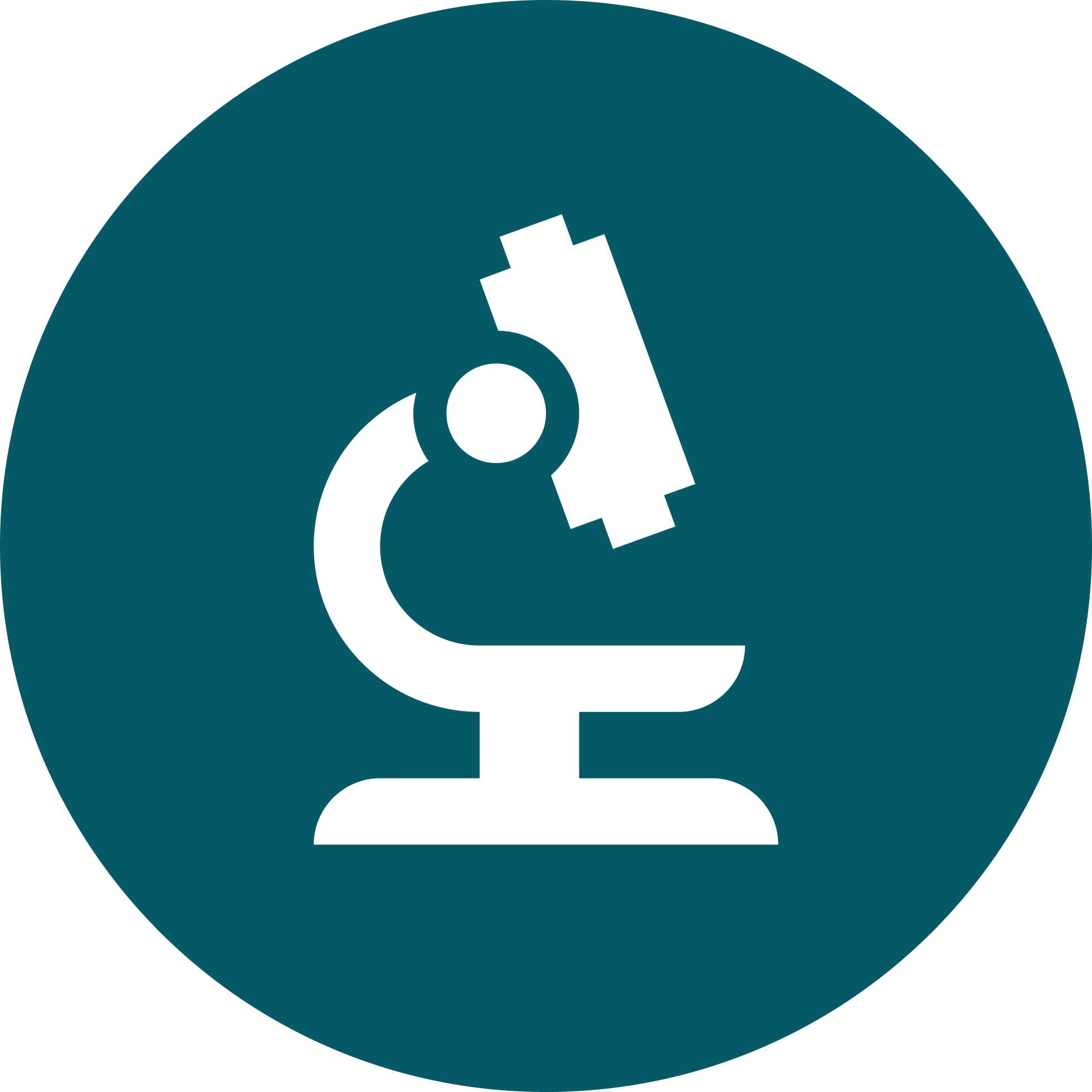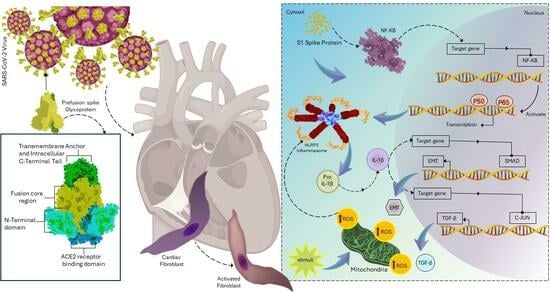15
Background: The spike protein of severe acute respiratory syndrome coronavirus 2 (SARS-CoV-2) is crucial to viral entry and can cause cardiac injuries. Toll-like receptor 4 (TLR4) and NOD-, LPR-, and pyrin-domain-containing 3 (NLRP3) inflammasome are critical immune system components implicated in cardiac fibrosis. The spike protein activates NLRP3 inflammasome through TLR4 or angiotensin-converting enzyme 2 (ACE2) receptors, damaging various organs. However, the role of spike protein in cardiac fibrosis in humans, as well as its interactions with NLRP3 inflammasomes and TLR4, remain poorly understood. Methods: We utilized scratch assays, Western blotting, and immunofluorescence to evaluate the migration, fibrosis signaling, mitochondrial calcium levels, reactive oxygen species (ROS) production, and cell morphology of cultured human cardiac fibroblasts (CFs) treated with spike (S1) protein for 24 h with or without an anti-ACE2 neutralizing antibody, a TLR4 blocker, or an NLRP3 inhibitor. Results: S1 protein enhanced CFs migration and the expressions of collagen 1, α-smooth muscle actin, transforming growth factor β1 (TGF-β1), phosphorylated SMAD2/3, interleukin 1β (IL-1β), and nuclear factor kappa-light-chain-enhancer of activated B cells (NF-κB). S1 protein increased ROS production but did not affect mitochondrial calcium content and cell morphology. Treatment with an anti-ACE2 neutralizing antibody attenuated the effects of S1 protein on collagen 1 and TGF-β1 expressions. Moreover, NLRP3 (MCC950) and NF-kB inhibitors, but not the TLR4 inhibitor TAK-242, prevented the S1 protein-enhanced CFs migration and overexpression of collagen 1, TGF-β1, and IL-1β. Conclusion: S1 protein activates human CFs by priming NLRP3 inflammasomes through NF-κB signaling in an ACE2-dependent manner.



indeed